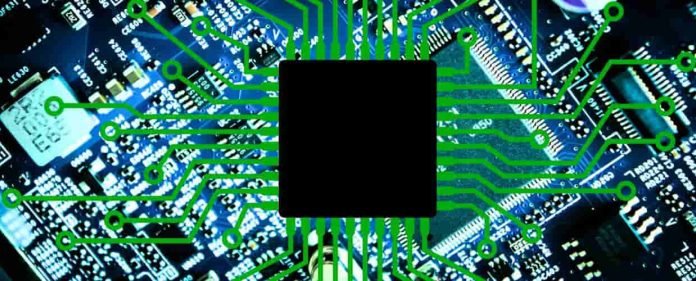As technology advances at an unprecedented pace, single-board computers (SBCs) have emerged as compact, versatile computing solutions with many applications. This article guides unraveling the complexities of selecting the ideal single-board computer for your specific needs, ensuring that your choice is well-informed and aligned with your goals.
Assess Your Purpose and Research
Finding the right single-board computer begins with clearly understanding why you need one. Are you aiming to build a small-scale media center, a home automation system, a robotics project, or a portable server? Defining your goals and requirements is pivotal. Consider the processing power you need, the amount of memory required to run your intended applications, connectivity options (such as Wi-Fi, Bluetooth, and Ethernet), and any specific peripherals or interfaces necessary for your project. This assessment serves as the foundation of your decision-making process.
The single-board computer market is a diverse landscape, boasting an array of options tailored to different use cases. Conduct thorough research to identify the SBCs that closely align with your needs. Compare specifications, review performance benchmarks, evaluate power consumption levels, and assess compatibility with software and operating systems. Furthermore, investigate the strength of the community surrounding each SBC. A robust user base can provide valuable insights, assistance, and inspiration as you embark on your project.
Performance and Features
When selecting an SBC, it’s crucial to consider its performance capabilities. Pay close attention to the specifications of the central processing unit (CPU), the amount of random-access memory (RAM), and the capabilities of the graphics processing unit (GPU), if applicable. These factors collectively determine the processing power of the SBC and the ability to handle your desired applications effectively.
Additionally, scrutinize the availability of ports and connectors. These include USB, Ethernet, HDMI, GPIO (General Purpose Input/Output) pins, and Wi-Fi. Depending on your project features such as onboard storage, camera interfaces, and audio outputs could also be essential. Prioritize SBCs that offer features that closely align with your intended application.
Compatibility and Expandability
The demand for these miniature powerhouses has grown significantly from hobbyists embarking on creative projects to professionals seeking innovative solutions. Before choosing, consider important factors like compatibility and expandability.
Operating System Compatibility
The chosen SBC should seamlessly support the operating system you intend to use for your project. Popular choices include various Linux distributions (such as Raspberry Pi OS, Ubuntu, and Debian) and Windows 10 IoT Core. Ensuring compatibility with your preferred OS simplifies the software installation and configuration process, enabling you to focus on realizing your project’s potential.
Expandability
As you plan your project, it’s essential to consider future needs. Evaluate the expandability of the SBC by assessing its available expansion headers, GPIO pins, and interfaces. These elements enable you to connect additional modules, sensors, or components as your project evolves. Opting for an SBC with versatile expandability empowers you to embrace creativity and adapt to changing requirements.
Cost Considerations and Community Support
While single-board computers are generally cost-effective compared to traditional PCs, costs can vary significantly based on factors such as performance and included features. Begin by setting a realistic budget that aligns with your project’s requirements. Consider the cost of the SBC itself and potential additional expenses. These include peripherals like keyboards and mice, protective cases, power supplies, and storage devices. Balancing your budget with your project’s needs ensures you make a well-rounded investment.
The journey of utilizing an SBC is a collaborative one, and community support is invaluable. Opt for an SBC with an active online community, discussion forums, and ample resources. Engaging with such a community provides access to a wealth of information, from troubleshooting advice to project inspiration. Additionally, prioritize SBCs with well-documented hardware specifications and comprehensive software setup guides. These resources streamline the learning process and empower you to kick-start your project confidently.
Conclusion
Choosing the right single-board computer involves exploration, consideration, and decision-making. By methodically assessing your purpose and requirements, conducting thorough research, evaluating performance and features, considering compatibility and expandability, factoring in costs, and valuing community support and documentation, you can confidently select an SBC as the ideal canvas for your project’s realization. Whether you’re a tech enthusiast, a hobbyist, or a professional seeking innovation, the right single-board computer can open doors to creative opportunities and technological achievements. Embrace the adventure of discovery and watch your project flourish.



